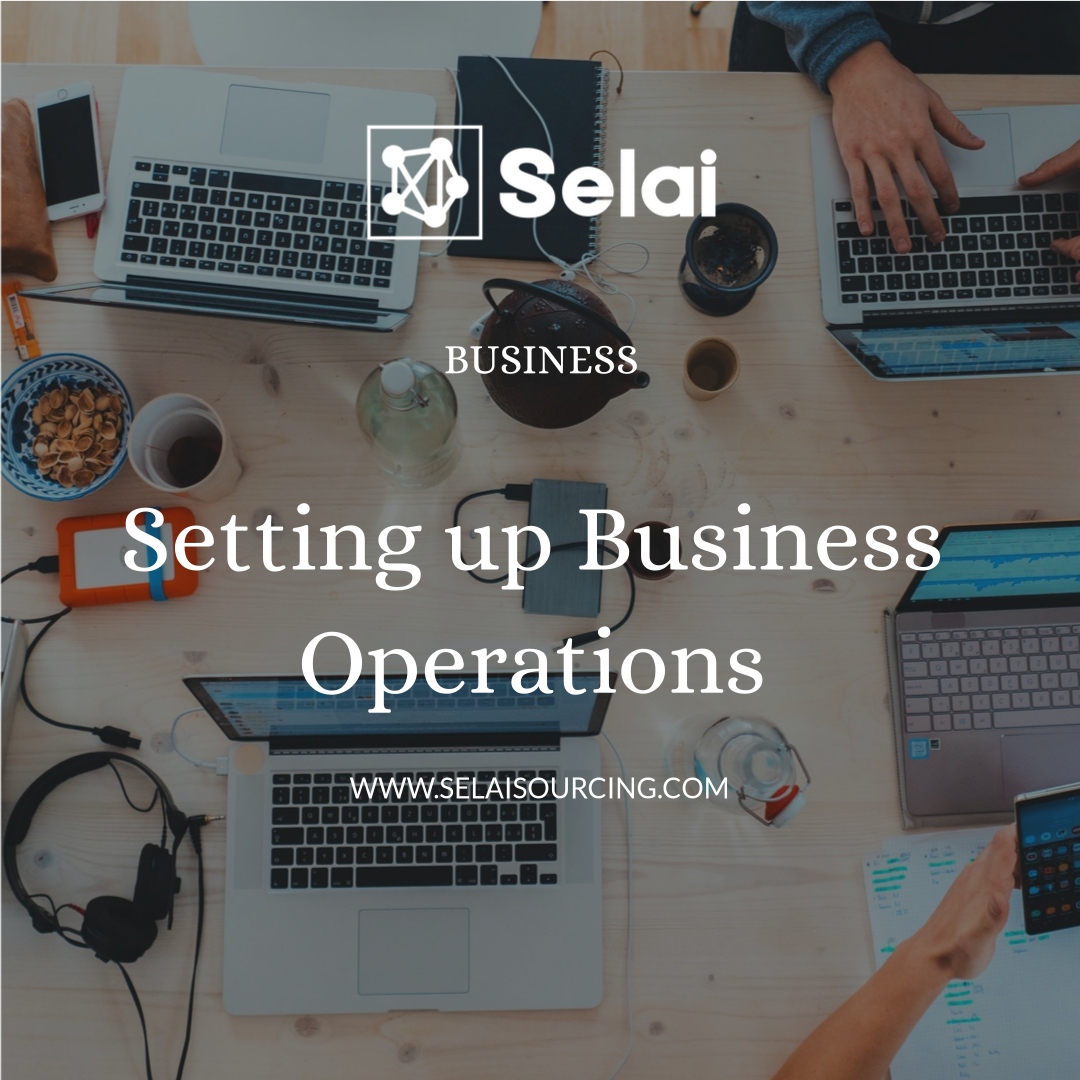
Launching a fashion brand is more than just designs and creativity; it requires meticulous planning, organizing, and structuring of business operations. Setting up business operations involves a series of strategic steps to ensure the smooth functioning, sustainability, and growth of your fashion label. Below is a comprehensive guide on how to establish solid business operations for your fashion brand.
1. Legal Structure and Compliance:
a. Business Registration:
Choose a suitable legal structure (sole proprietorship, LLC, corporation) and register your business with the appropriate governmental bodies.
Consider factors like liability, taxation, and management control when choosing a legal structure.
b. Licenses and Permits:
Obtain the necessary licenses, permits, and certifications required to operate legally.
Ensure compliance with local, state, and federal regulations to avoid legal issues.
2. Manufacturing and Production:
a. Vendor Selection:
Identify and secure reliable suppliers and manufacturers who align with your quality standards, ethical values, and budget constraints.
Establish clear terms and conditions, including pricing, lead times, and payment terms.
b. Quality Control:
Develop and implement strict quality control measures to ensure the consistency and quality of your products.
Conduct regular audits and inspections to monitor adherence to quality standards.
3. Financial Management:
a. Opening a Business Bank Account:
Open a separate bank account for your business to manage finances effectively and maintain accurate records.
b. Budgeting and Financial Planning:
Develop a detailed budget, outlining your income, expenses, and financial projections.
Monitor your financial performance regularly and adjust your budget as needed.
c. Pricing Strategy:
Develop a pricing strategy that reflects your brand positioning, cost structure, and market demand.
Consider factors like production costs, overheads, competitor pricing, and perceived value when setting prices.
4. Distribution and Logistics:
a. Distribution Channels:
Select appropriate distribution channels, such as online platforms, boutiques, or department stores, based on your target audience and brand positioning.
Establish relationships with retailers and distributors to expand your reach.
b. Logistics and Supply Chain Management:
Develop efficient logistics and supply chain management processes to ensure timely and cost-effective delivery of products.
Consider warehousing, transportation, inventory management, and order fulfillment when planning logistics.
5. Sales and Marketing:
a. Sales Strategy:
Develop a comprehensive sales strategy, outlining your sales goals, target customers, sales processes, and performance metrics.
Train your sales team on product knowledge, sales techniques, and customer service.
b. Marketing and Branding:
Create a robust marketing plan, including branding, advertising, social media, public relations, and content marketing, to build brand awareness and drive sales.
Continuously optimize your marketing efforts based on performance data and market trends.
6. Customer Service and Relationship Management:
a. Customer Support:
Establish customer support processes to address inquiries, complaints, and feedback promptly and effectively.
Train your customer support team on communication skills, product knowledge, and problem-solving techniques.
b. CRM Systems:
Implement Customer Relationship Management (CRM) systems to manage customer interactions, data, and relationships efficiently.
Utilize CRM data to enhance customer experiences, personalize communication, and identify sales opportunities.
7. Technology and Systems Integration:
a. IT Infrastructure:
Set up the necessary IT infrastructure, including hardware, software, and networks, to support your business operations.
Implement security measures to protect your data and IT systems from cyber threats.
b. Systems Integration:
Integrate various systems, such as e-commerce platforms, inventory management, and accounting software, to streamline operations and improve efficiency.
8. Risk Management and Contingency Planning:
a. Risk Assessment:
Identify potential risks, such as market fluctuations, supply chain disruptions, and legal issues, and assess their impact on your business.
Develop contingency plans to mitigate risks and minimize their impact.
b. Insurance:
Obtain appropriate insurance coverage, such as liability insurance, property insurance, and workers’ compensation, to protect your business from unforeseen events.
Final Thoughts:
Setting up business operations for a fashion brand involves meticulous planning and execution across various facets, including legal compliance, financial management, production, distribution, and customer service. By developing efficient processes, leveraging technology, managing risks, and focusing on customer satisfaction, fashion entrepreneurs can build a solid operational foundation that supports sustainable growth, adaptability, and long-term success in the competitive fashion industry. Balancing creativity with operational excellence is crucial to navigating the complexities and challenges of the fashion business effectively.
